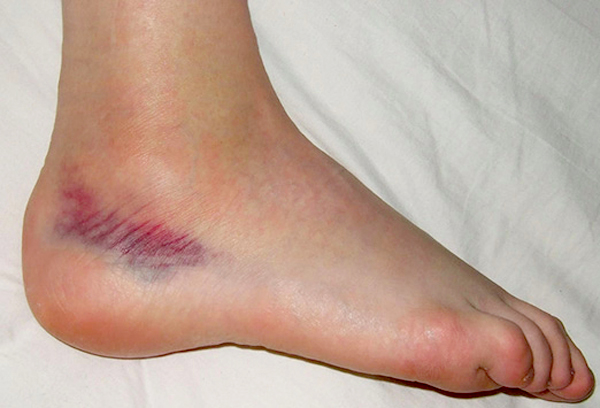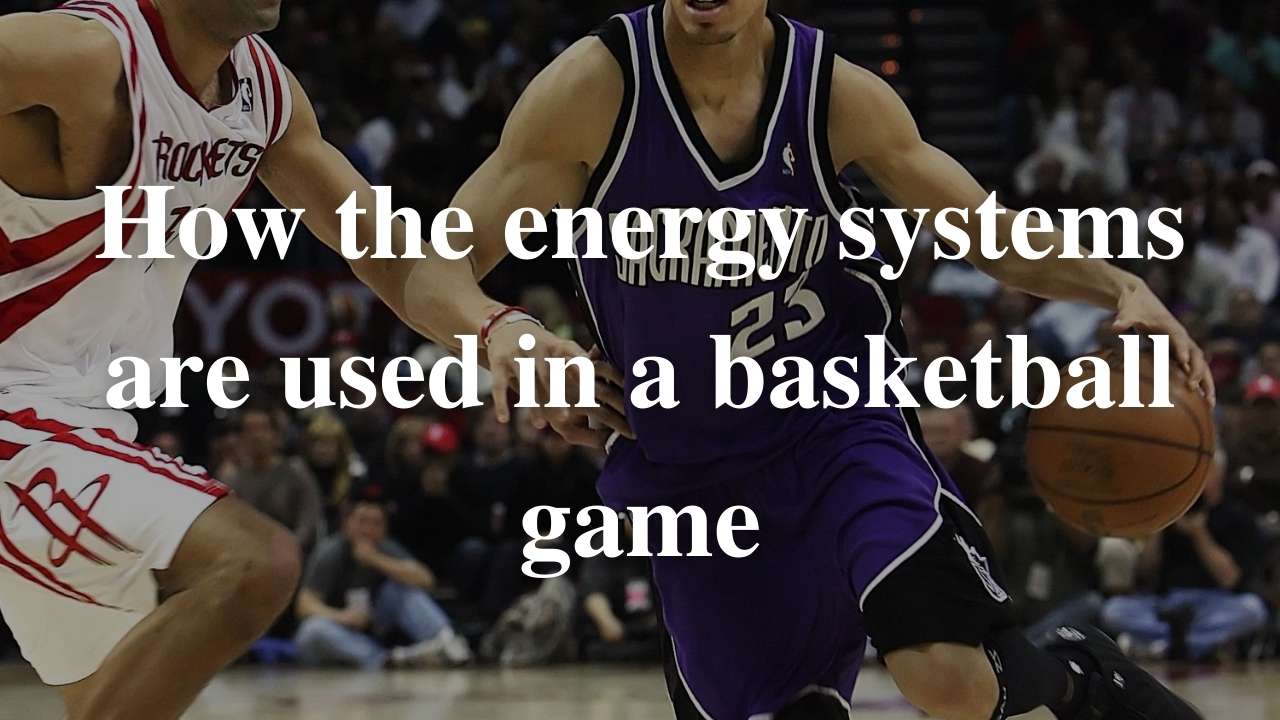The rehabilitation procedures for a sprained ankle include immediate treatment, stretching to increase ROM, conditioning, total body fitness, training, and the use of heat and cold. A sprained ankle can come in any of the three classifications for a sprain (levels 1,2 and 3).
Immediate treatment of a sprained ankle
The immediate treatment for a sprained ankle is RICER. The ankle should be rested, have ice placed on it for 20 min every 2 hours for 48 hrs, fitted with a compressions bandage, elevated above the heart and the athlete should be referred to a medical or health professional to have the ankle formally assessed.
Stretching and increased ROM
There are many muscles around the ankle joint including the gastrocnemius, soleus, and tibialis anterior (although there are many more that cross this joint, these are the ones you should know). Athlete’s suffering an injury to their ankle will begin rehabilitation through slow isometric stretches of the many muscles around the joint. Pain should be minimal during this period, as stretching too far can cause re-injury of the ligament. Stretching will progress and can incorporate PNF or dynamic stretches as required.
Conditioning
During the rehabilitation procedures for a sprained ankle the athlete will need to begin to condition the muscles around the ankle to strengthen the joint. Often with a sprained ankle some muscles are strained, and as such conditioning should begin with light activities and progress. Conditioning exercises can be as simple as inversion and eversion movements of the ankle, as well as plantar, and doors flexion. These types of movements can progress to becoming calf raisers with weights or begin to include low impact movements such as cycling or swimming. Conditioning will progress to becoming weight bearing, jogging, running, and then changing direction and jumping at the end.
Total body fitness
During the rehabilitation procedures for a sprained ankle the athlete will want to maintain total body fitness, and will likely need to restore this post rehabilitation before competing again. Activities that can be done include, cycle ergometers, swimming (with minimal or no kicking to begin, but progress to including ht feet). As rehabilitation progresses, the athlete can begin to cycle before running etc as they recover. It will be important during this time for the athlete to also seek to maintain fitness through resistance training programs that minimise impact and force through the ankle. This can progress with recovery.
Training
Post rehabilitation, the athlete will begin to resume normal training. To begin with the athlete may be given extra activities such as stretches to include in their warm up. They will also start with a lower intensity and build their skills etc back up as they are able. It is important that the athlete does not return to full training intensity too soon, as many athletes re-injure themselves in training just prior to a return o competition. For a sprained ankle, agility and jumping activities should be minimised until strength, balance and stability are regained.
Throughout the rehabilitation procedures for a sprained ankle the athlete is likely to be required to tape and/or bandage their ankle to help provide support, restrict movement, add stability, and reduce swelling.
Use of heat and cold
Ice is often used throughout rehabilitation procedures for a sprained ankle, especially int eh immediate treatment and during the beginning stages of rehabilitation after treatment. This is to help reduce inflammation around the joint and allow for greater range of motion.
heat can be used to help warm the ankle and allow for greater rang of motion during the rehabilitation procedure or specific treatments. Often hydrotherapy is used to help reduce the force through the ankle, but also to provide heat to the area. heat increases blood supply and helps the body to rebuild injured tissue. Heat is not recommended during the first week to 2 weeks of treatment.
For further information on rehabilitation procedures for a sprained ankle see Sports Medicine Australia here. Or download their factsheet: Ankle Injury Factsheet – SMA.






